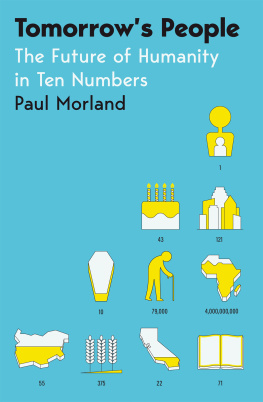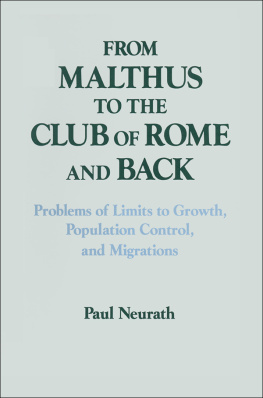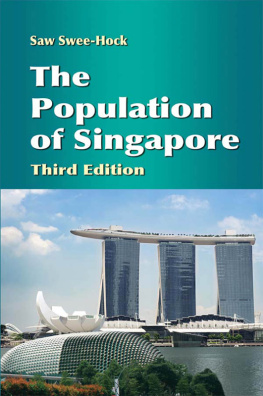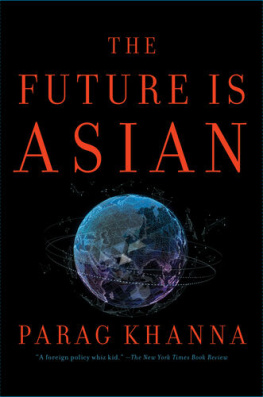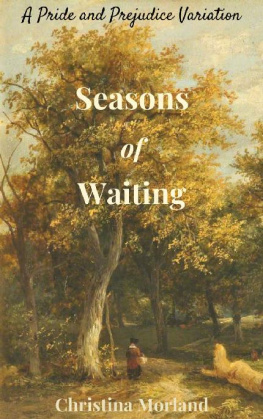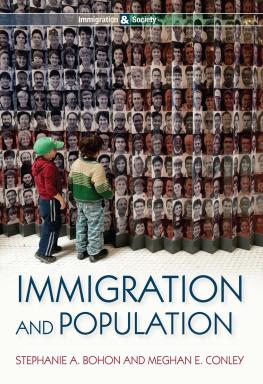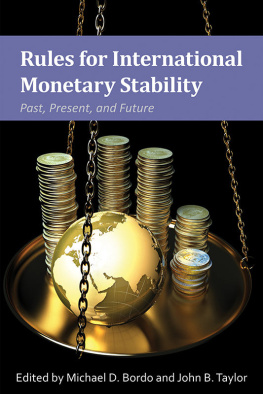To Ingrid Morland
Contents
Introduction
Todays People
The great historical population trends that made us who we are today continue to work on us, shaping our present and future as much as they have shaped our past. The European colonization and domination of the world, which seemed so unshakeable at the end of the nineteenth century, could not have arisen without the continents population explosion and the exodus of people that it fuelled. Neither the United States nor the Soviet Union would have become twentieth-century superpowers had their populations not ballooned beyond those of their European rivals. Equally, China would not have become Americas competitor for global predominance without a population in the hundreds of millions. And nor would India be seen as a coming power were its population not significantly more than a billion.
Just as historys expansions have demographic roots, the same is true of its great reversals. Russias loss of pre-eminence within the Soviet Union, and the fall of the Soviet Union itself, were in no small part the result of population change. Japan would not now be seen as the land of the setting sun had its population in the 1990s been young, vigorous and growing, as it was when it ascended to world-power status a hundred years earlier. Instead, by the end of the twentieth century, it was a greying country with a declining population and a stagnant economy. And much of the Middle East, from Iraq to Yemen and Libya, would not be in political turmoil if the region were not full of young people with no prospect of economic betterment. None of the great events that dominate the headlines mass migration, stagnant economies or populism, from the result of the Brexit referendum to Donald Trumps election in the US to Viktor Orbns Hungary can be understood without grasping the major population changes that underlie them.
Just as population has moulded our past, it is also shaping our future. Demography may not be destiny, but it is powerful and fast-changing. Europe, which once saw great outward population flow, is now experiencing mass immigration. Where populations were once young, they are now growing old. Countries like Italy which were once renowned for the prodigious sizes of their families now have far fewer children. Countries where a third of babies would once not have lived to see their first birthdays now have infant mortality rates of barely two cases in every thousand. Where once people had little or no formal learning, illiteracy has been consigned to the margins, and where once people went hungry, they have grown obese. Todays people are profoundly different from yesterdays, and tomorrows people will be different again.
To most of us, the influence of demography on our future is far from obvious. It makes more sense if we divide demographic history into three phases pre-modern, modern and post-modern and understand that the process is similar everywhere, though the starting point and rate of change differ from place to place. Communities, countries and even continents are at different points on the journey and are progressing at different speeds, but they are all on the same path.
Pre-Modern
For the vast majority of history, we have been at the mercy of nature in matters of life and death. The sexual impulse determined that men and women would engage in intercourse; although reliable contraception did not exist, there have since ancient times been attempts to decouple sex from pregnancy, some of which were more effective than others. In some places, infanticide was common. Unwanted children were abandoned, or thinned in number through a testing process as in ancient Sparta. Prolonged breastfeeding of the youngest child increased the chance of delaying the next one, and the timing of sex within the menstrual cycle also had some effect. In some cultures, such as Catholic Europe in the Middle Ages, large numbers of people were removed from the reproductive pool, at least in principle, through the institution of priestly celibacy, monasteries and nunneries.
However, the worlds population rose steadily over the long term, perhaps quadrupling in the eighteen or so centuries that separated Julius Caesar and Queen Victoria. China experienced similar golden years of population growth followed by setbacks.
Transport in pre-modern times was rudimentary and expensive. Moving food around to keep large numbers of people alive was often not economic, particularly where overland haulage was required, while duties were often payable, making it even less practical.
Births were either unchecked or repressed in crude, unreliable ways, or sometimes by social practices like late marriage, while death travelled freely through populations, especially among the very young. Someone reaching their eightieth birthday stood a better chance of making it to their next birthday than a newborn baby stood of surviving to the age of one. This, roughly, was the state of humanity in pre-modern demography.
Modern
European historians often choose the late fifteenth century as the dividing line between the medieval and the early modern period. Moveable type and printing, originally a Chinese invention, began radically to reduce the cost of learning and created a literate class that benefited from the rapid circulation of ideas. Europeans trying to reach Asia stumbled on the Americas, opening up whole new vistas to explore while spelling demographic doom for their inhabitants. Islam was expelled from Spain but gained a foothold in the Balkans, particularly after the fall of Constantinople to the Ottomans. And the unity of Western Christendom was about to be shattered by the Reformation.
However, none of these changes fundamentally affected the pre-modern population regime. The circulation of precious metal determined who had buying power, while new crops, particularly the potato, gradually transformed life in particular parts of Europe by providing access to cheap carbohydrates. But the key change in population began three hundred years later in one small corner of Europe.
In the late eighteenth century Thomas Malthus responded to optimistic Enlightenment thinkers by providing a description of the population system as it existed up to his day. His 1798 book An Essay on the Principle of Population suggested that population, which unconstrained would grow exponentially, was bound to be held in check by a much slower growth in the output of food. But just as Malthus was setting out his system as a God-designed constant, it began to change.
Following this British head start, other countries soon followed, within Europe at first and then beyond. As the first phase of the transition caught on elsewhere, the next phase began in Britain. Birth rates flagged, bringing the era of population expansion to an end. In the twentieth century, a more educated population that experienced fewer child deaths and had access to improving and affordable contraception was able to choose to have smaller families; during the inter-war period, families with two children became the norm in much of Europe and North America. The demographic transition appeared to be complete; it had been a shift from high fertility and high mortality in a small population to low fertility and low mortality in a large population. Nobody expected the post-war baby boom in North America and parts of Europe, but by the late 1960s it was coming to an end, with fertility rates falling back to, and then below, the replacement level of just over two children per woman.

